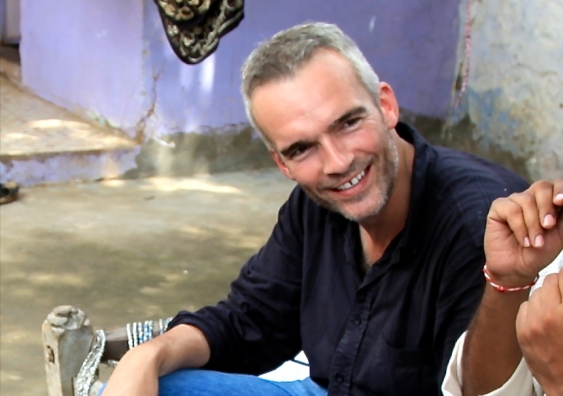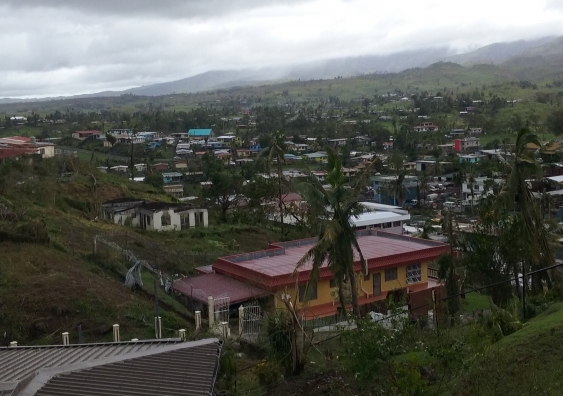Rebuilding permanent housing in Fiji after the devastation of Cyclone Winston needs to be a priority once immediate emergency needs are met, says disaster risk-reduction expert UNSW Professor David Sanderson.
Having led major post-disaster reviews in the Philippines, India, Haiti and Nepal, Professor Sanderson says it is tempting for agencies to send expensive, ready-made temporary shelters that can be costly to purchase and transport.
“The immediate priority is keeping people safe, warm and dry. Evacuation centres, tents and tarpaulins help meet these immediate needs but beyond that, aid needs to go as quickly as possible into long-term recovery solutions such as helping people to re-build permanent housing – this can provide employment opportunities and allow people to return to homes that are permanent - not temporary,” says Professor Sanderson, the Judith Neilson Chair in Architecture.
‘’The risk is that precious aid money gets used for stop-gap approaches to housing that leave little in the long-term.
“It is also extremely important that aid agencies listen to what people need, particularly women, children and the vulnerable,’’ he says.

UNSW's Judith Neilson Chair in Architecture Professor David Sanderson in Gujarat, India.
Professor Sanderson has worked with international aid agencies in development and disaster risk reduction for the past 25 years, including with CARE International UK as Head of Policy.
He was recently appointed the inaugural Judith Neilson Chair in Architecture at UNSW Built Environment. The Chair, the first of its kind in Australia, was established with a $10 million endowment from philanthropist and White Rabbit Gallery founder Judith Neilson. It aims to lead research and education to support disadvantaged communities displaced by natural disasters, geo-political conflicts, socio-economic exclusion and environmental factors.
Originally from the UK, Professor Sanderson joined UNSW from the Norwegian University of Science and Technology where he specialised in urban disaster resilience and humanitarian aid, and before that he spent a year at Harvard University as Visiting Professor, teaching on urban disasters.



